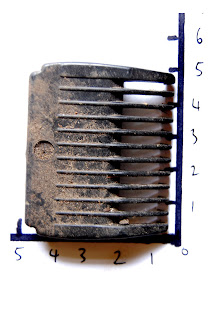


is a blog that follows my art process

I'm breathing a little easier now but still scared!
ALSO:
I have recived a nice total of 60 synchronised travel pics from other people! Now begins the task of formatting them into a book.
 Marta Rosler - the bowery in two inadequate descriptive systems 1975
Marta Rosler - the bowery in two inadequate descriptive systems 1975Martha Rosler’s, “The Bowery in two inadequate descriptive systems” (1974-5) introduces the Museum’s approach to “neighborhood” and contextualizes artists’ significant engagement with the area. The work offers a poetic, humorous, even elegaic interrogation of the concept of the Bowery as urban blight. Refusing the style of documentary or journalistic portraiture often used to personify poverty through the degraded human subject, Rosler concentrates instead on the evidence of an absence: empty liquor bottles and assorted detritus that suggest alcohol infused vagrancy and mark the passage of time. Juxtaposing these images with lists of synonyms for drunkenness or drunks and the words “dead soldiers, dead marines,” the work amplifies the void of representation while alluding to the unknowable path traversed by the so-called “Bowery bum.”
I love this idea of the evidence of an absence !!







 Alice sent me this quote:
Alice sent me this quote:Bored? Synchronized Traveling allows you to see your city in a new light, rediscover your neighborhood and travel with friends when you’re far apart and without a passport.
Go to synchronizedtraveling.blogspot.com
 as well as the photos of the objects etc etc etc - i was looking at drawings of objects - for tomorrow - deciding the layout - doing a shawow drawing pic (ah la tool rack shadow thing).......
as well as the photos of the objects etc etc etc - i was looking at drawings of objects - for tomorrow - deciding the layout - doing a shawow drawing pic (ah la tool rack shadow thing).......


 y time limitations. I keep on thinking of that guy at the MCA who got homeless peoples signs and displayed them on a big table and under a big glass box - bringing it back to the museum theme of collections. and such and such
y time limitations. I keep on thinking of that guy at the MCA who got homeless peoples signs and displayed them on a big table and under a big glass box - bringing it back to the museum theme of collections. and such and such 